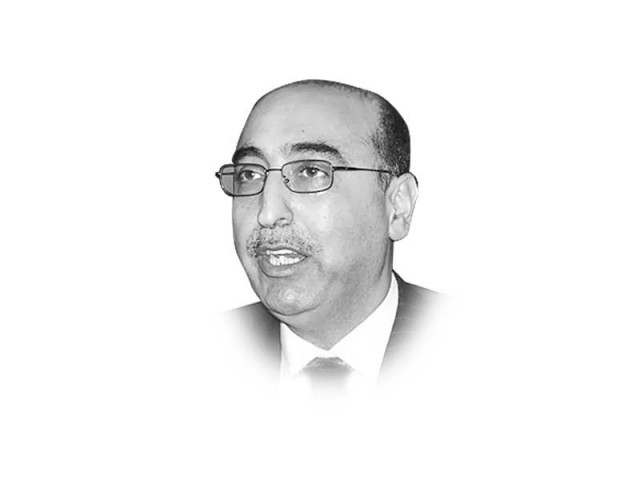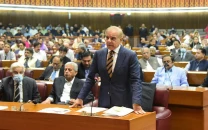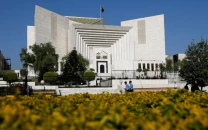‘India Out’ policy of the Maldives
While both countries have taken diplomatic steps to de-escalate, there are serious geopolitical implications

Prime Minister Narendra Modi’s recent visit to Lakshadweep to promote the island’s tourism in India has led to a serious reaction from the Maldives, despite historically good relations between the two countries. The Lakshadweep island is claimed by India as part of its territory while the Maldives considers it as a disputed area. India responded diplomatically, with calls to boycott the Maldives whose economy heavily relies on Indian tourism. Maldives President Mohammad Muizzu too wants India out in the form of canceled trips and tourism boycott. He wants to diversify foreign policy by looking towards both India and China, causing tensions and a potential end to India’s strategic presence in the island nation.
Muizzu had won the presidency on his promise to expel India. Prior to the election, this single-issue campaign gained momentum on social media, with the hashtag ‘India Out’ trending. Even though the Maldives and India enjoy friendly relations since the late 1980s, India’s growing influence, reflected in the increased number of tourists and celebrities in the Maldives, has led to fears of encroachment and a sense of insecurity among the islanders. The Maldives President’s visit to China during this controversy further fueled speculation.
While both countries have taken diplomatic steps to de-escalate the situation, there are serious geopolitical implications of President Muizzu’s recent actions. Muizzu may have overplayed his hand during his election campaign by taking a tough anti-India stance, but he now realises the imprudence of alienating India, given the historical ties between the two countries. Muizzu may try to mend ties with India, but alongside strengthening relations with China. Chinese officials are jubilant over Muizzu’s actions.
Muizzu’s China trip came after India’s surprise military exercises near the Maldives. During his China visit, Muizzu met President Xi Jinping and signed 20 agreements, including one to expand China’s port in the Maldives, which elevates bilateral ties to a comprehensive security partnership. Muizzu asking Indian military personnel to leave the Maldives is being interpreted as a shift away from India given its high-handedness in the region. The Maldives is trying to maintain a balance between India and China, while also considering the influence of the US in the Indian Ocean region.
The Maldives operates under one system for local inhabitants and another for resort islands that wealthy tourists, including Russian oligarchs, visit. The Maldives signed the International Covenant on Civil and Political Rights but kept a rider stating no concessions would be made to its constitution. Recently, the Maldives benefited from the Ukraine war as Russian oligarchs hid their yachts there. Also, Indians, who make up about 2 lakh of the 17.5 lakh tourists annually, are essential for the Maldives economy, but the country’s expensive tourist destinations and restrictions on group travel mean that alternatives are limited, particularly for those seeking an island experience.
The Maldives consist of 35 islands, only 10 of which are inhabited, with a population of approximately 70,000. The islands have a very low birth rate and cover only 32 square km. Many of these islands are very small, with some being only a meter or two above sea level. The ongoing conflicts between the Chagos Islands and Chosin regarding rights and territorial control also impact regional peace and stability. India will begin to develop and invest in its island zones, specifically the Andaman and Nicobar Islands, which consist of 571 islands, 37 of which are already inhabited. These islands, when developed, would not only increase Indian military presence but would also be used to assert Indian dominance over the small regional states. Geopolitical competition between India and China for influence in the region will intensify, especially regarding small landowners like the Maldives. The alignment of the Maldives with either India or China is a crucial question that will determine the island nation’s future direction.
Published in The Express Tribune, January 22nd, 2024.
Like Opinion & Editorial on Facebook, follow @ETOpEd on Twitter to receive all updates on all our daily pieces.



1729685382-0/Untitled-design-(57)1729685382-0-208x130.webp)












COMMENTS
Comments are moderated and generally will be posted if they are on-topic and not abusive.
For more information, please see our Comments FAQ